Many homes in the early and mid-1900s ran on repair, reuse, and home production. Before cheap imports and throwaway goods, families stretched every dollar with skills that saved fuel, fabric, and food. Rural electrification only reached most U.S. farms after the 1930s, so tools and handwork mattered. World War II rationing and tight postwar budgets kept these habits alive. The eight crafts below were common in American households, taught across generations, and backed by simple tools, clear methods, and results you could see and measure.
1. Home Canning and Preserving
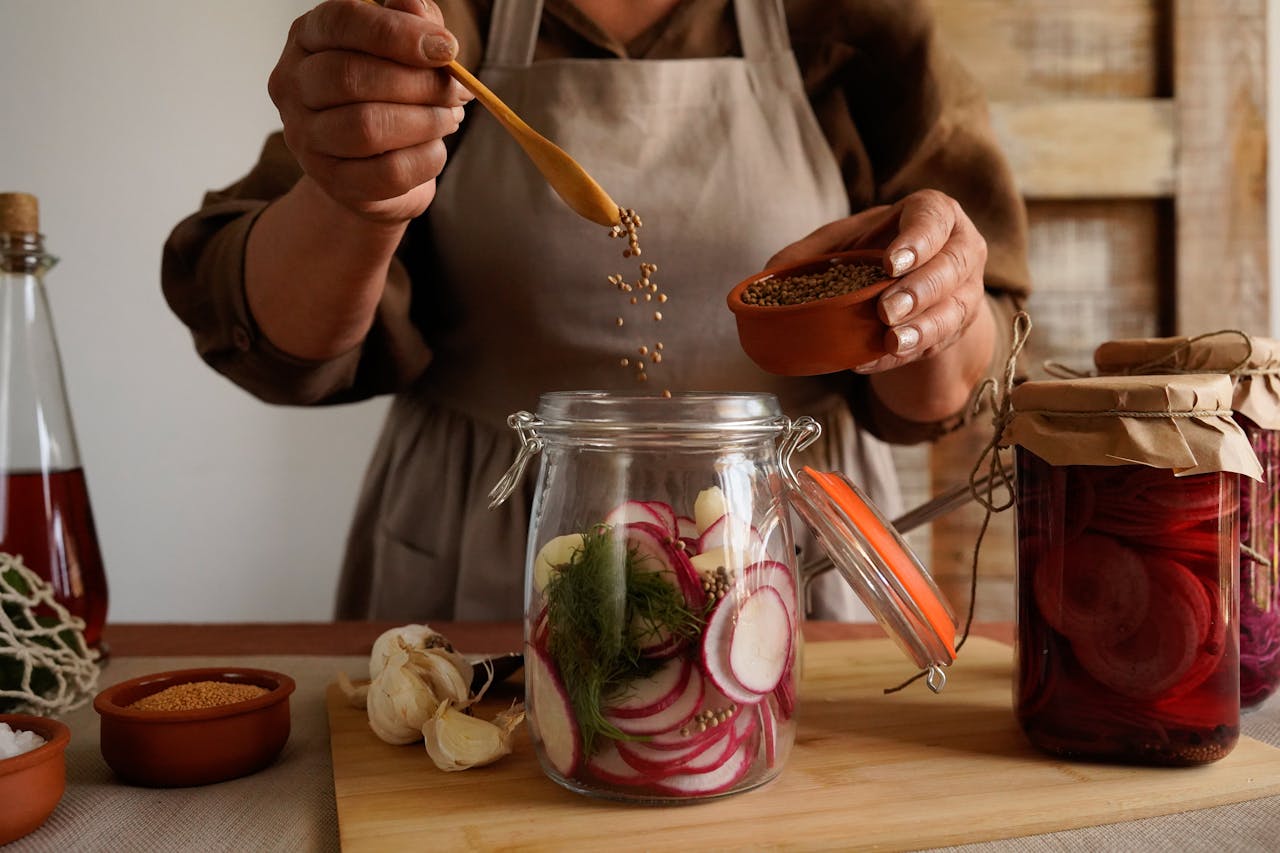
Families used Mason-type jars, rings, and lids to save garden harvests for winter. Water-bath canning is effective for high-acid foods, such as pickles and fruit. Pressure canners were necessary for low-acid items, such as beans, to reach safe temperatures. USDA bulletins and county extension offices published time and temperature tables. Labels and dated lids tracked inventory on pantry shelves. This skill cut grocery costs, reduced waste, and gave year-round food security. Many homes still use the same jar sizes because the closures and headspace rules stayed standardized.
2. Darning and Mending Clothes
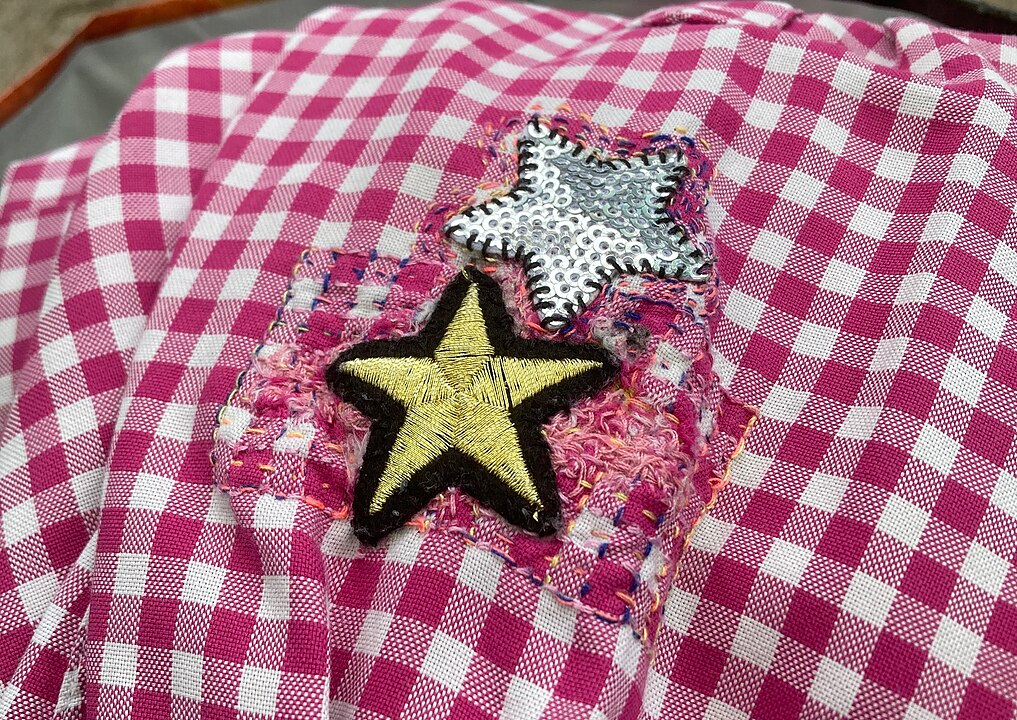
Grandparents fixed socks, cuffs, and elbows before buying new. A darning egg or mushroom supported the fabric while fine stitches rebuilt worn areas. Seams were restitched, buttons replaced, and patches set on stress points like knees. Wartime shortage and household budgets made repair a first step, not a last resort. Feed bags and old shirts became patch material. Simple hand stitches like running, backstitch, and whipstitch did most jobs. The result was longer garment life, fewer trips to the store, and clothes that fit because they were adjusted at home.
3. Quilting and Patchwork
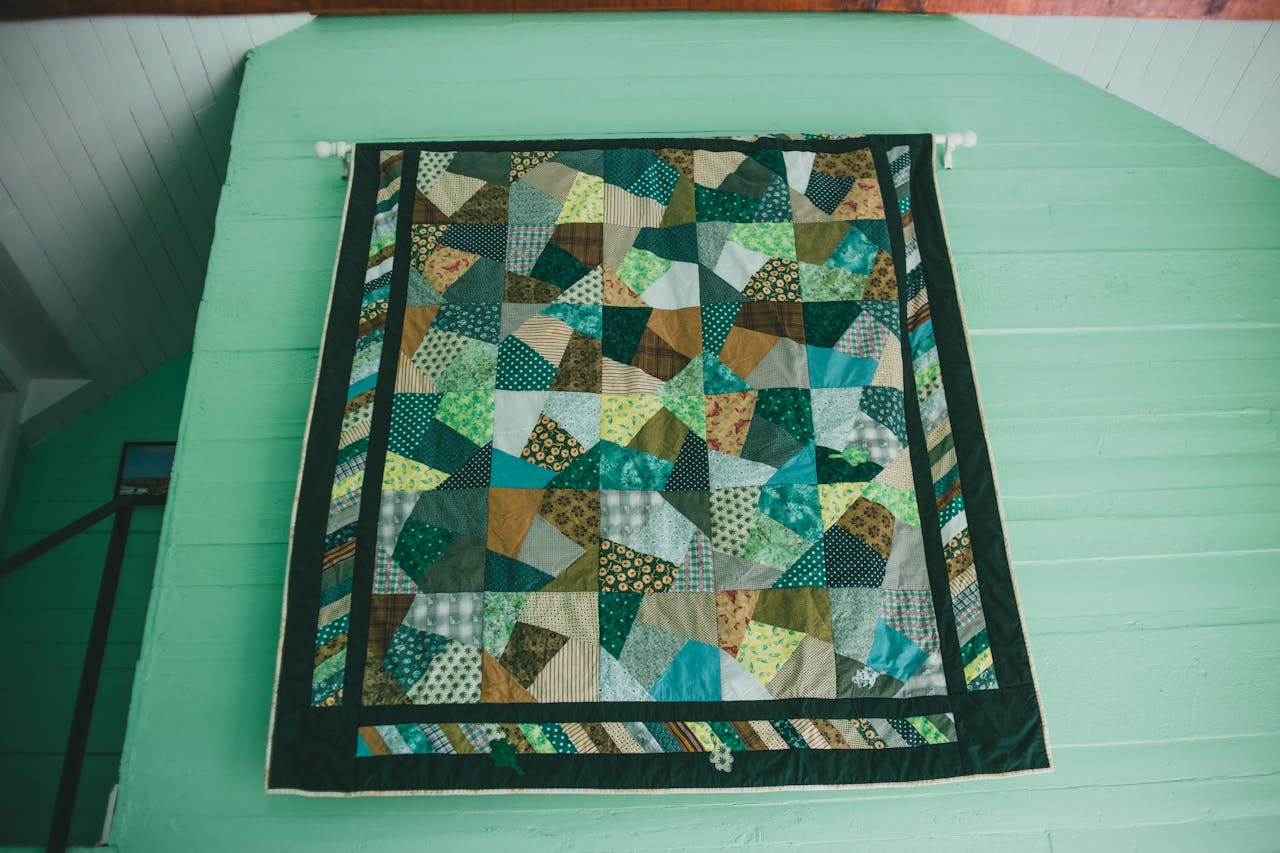
Quilting bees joined neighbors to piece tops from leftover fabric, often including printed feed sacks common from the 1920s to the 1950s. Blocks such as Nine Patch and Log Cabin followed repeatable measurements, so anyone with a ruler and needle could contribute. Batting and backing were layered, then stitched by hand in frames. Finished quilts warmed beds, marked weddings, and used up scraps that would otherwise be thrown away. Patterns traveled in newspapers and catalogs, turning fabric thrift into durable household goods with clear sizes and stitch counts.
4. Rug Braiding and Hooking
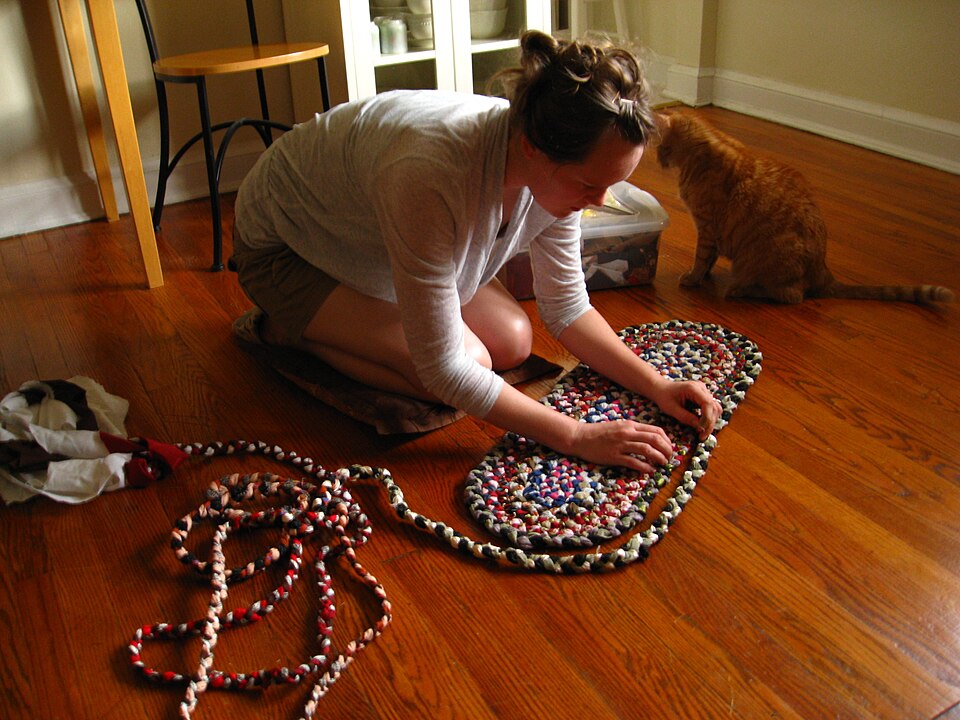
Wool and cotton scraps became floor coverings that insulated bare boards. Braided rugs started as three long strips sewn into sturdy coils. Hooked rugs pulled loops of wool through burlap or linen backings using a simple hook. Old coats and mill ends fed the craft, keeping material out of the trash. The rugs could be mended, reversed, or resized as rooms changed. This was practical home economics: measurable warmth underfoot, less wear on floors, and reuse of textiles that had already seen a second life.
5. Soap Making

Households rendered kitchen fat and combined it with lye to make laundry or bath bars. Early lye came from wood ash solutions; later, packaged lye gave predictable strength. Accurate weighing, careful mixing, and curing time produced safe, firm bars. Add-ins like borax boost cleaning for work clothes. Families poured soap into wooden molds, then cut and stacked bars to dry. The method turned waste fat into a useful product, lowered store costs, and ensured a steady supply when shops were distant or closed.
6. Sourdough and Home Bread
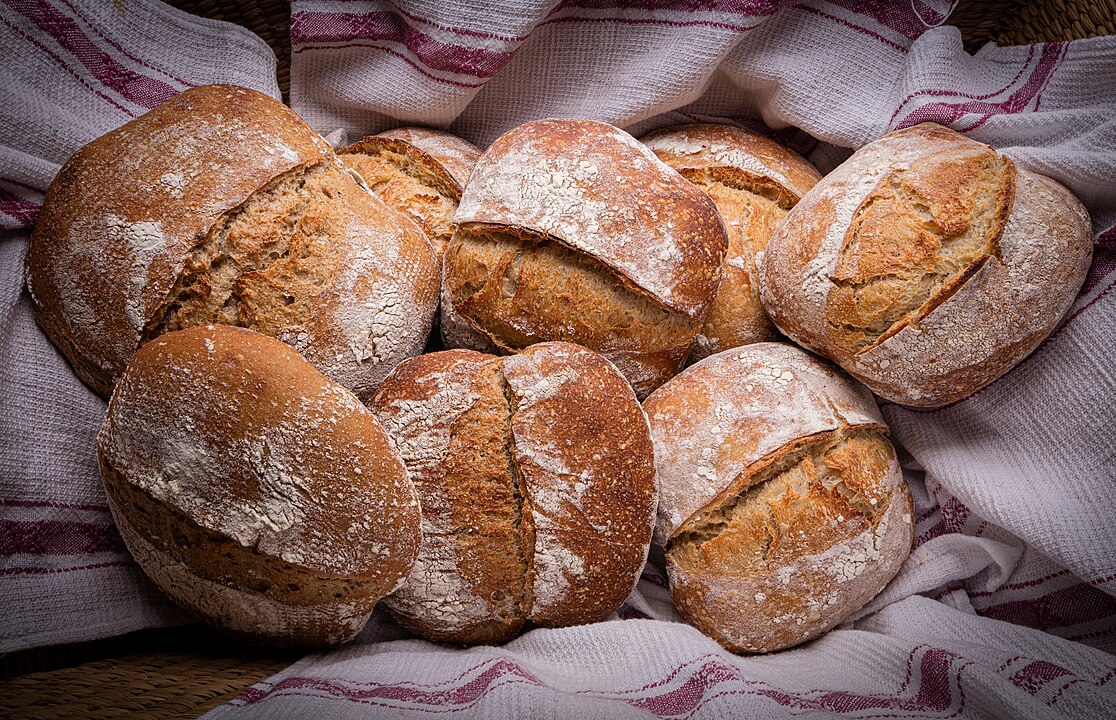
Before supermarket sliced loaves dominated, many kitchens kept a sourdough starter alive with flour and water. Natural yeast and bacteria fermented dough, adding flavor and helping bread rise without packaged yeast. Starters were fed on a schedule, and loaves were shaped by weight for consistent results. Cast-iron Dutch ovens or simple pans gave steady heat. The craft offered reliable bread on days when deliveries were rare, and the same starter could last for years. Families also made biscuits and rolls from the same flour stock.
7. Knife and Tool Sharpening

A dull blade wastes time and fuel. Grandparents used whetstones, files, and strops to set correct angles on knives, axes, and hand planes. Light oil or water on the stone kept swarf moving. Filing crosscut saws and setting teeth restored fast, straight cuts in firewood and framing lumber. Regular touch-ups extended tool life and improved safety because sharp tools require less force. This was routine maintenance with clear payoffs you could test immediately in the kitchen, garden, or woodshed.
8. Candle and Tallow Work

Before every home had steady electric light, families made dipped or molded candles from tallow or beeswax. Wicks were braided cotton. Repeated dipping built even tapers; molds produced uniform shapes that fit standard holders. Candles were weighed or counted for winter stores and storm seasons. Paraffin, widely available by the late 1800s, later joined the supply, but the method stayed the same. Homemade light reduced kerosene use and gave reliable backup when power failed, especially in rural areas that gained electricity later than cities.


